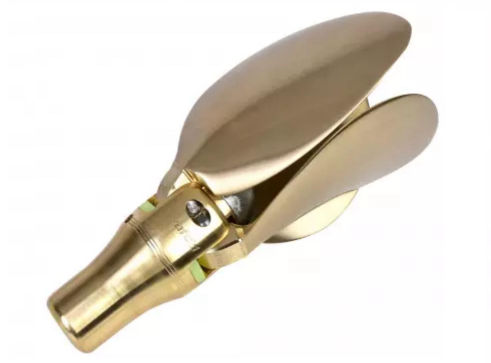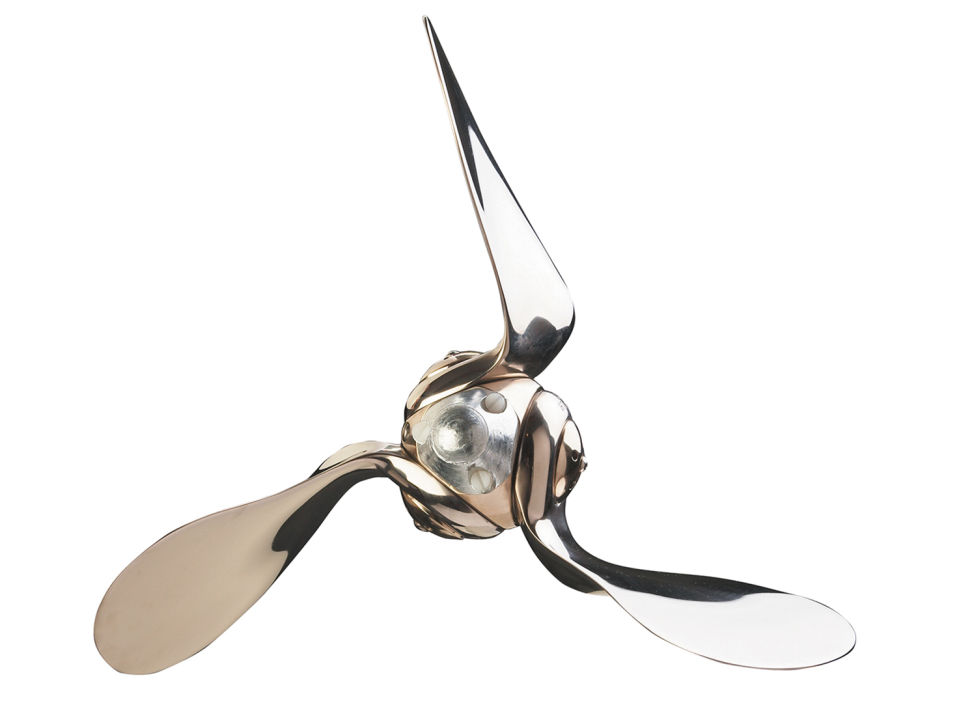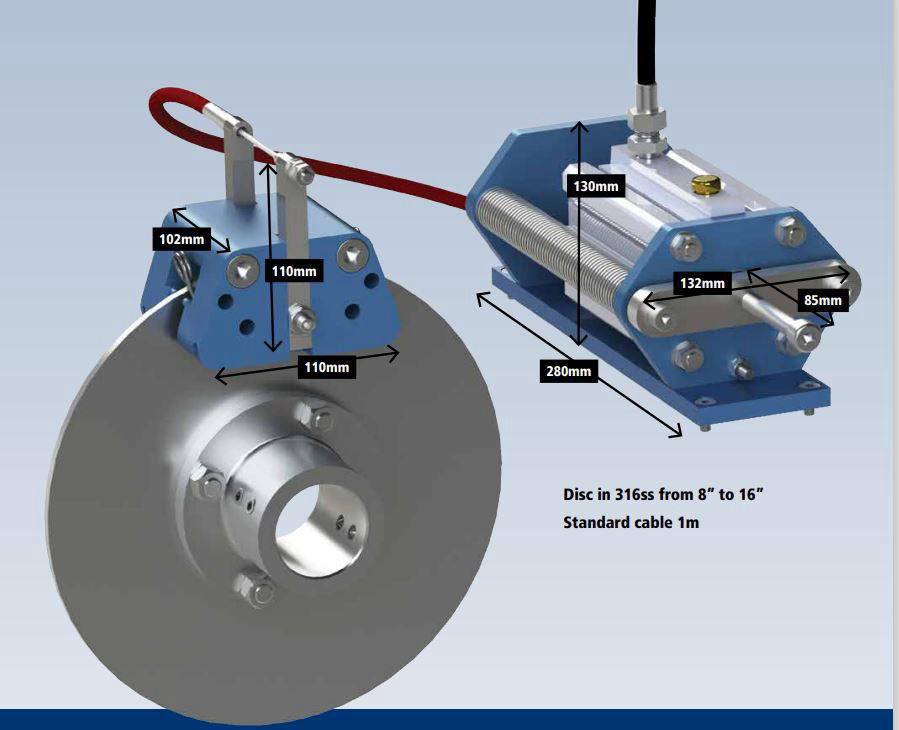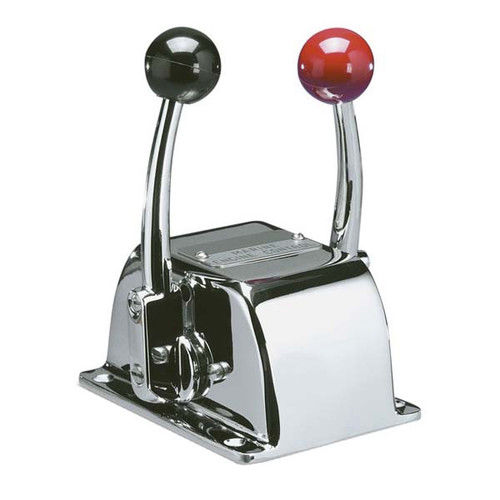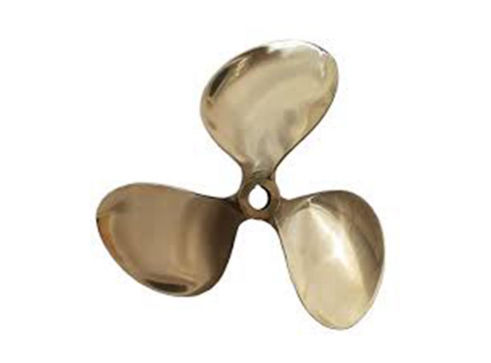
Standard
Standard propellers have fixed blades, meaning, whether they are in use or not, they blades are still extended.
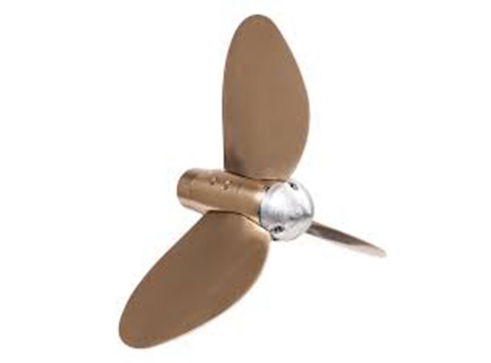
Feathering
Feathering props turn the blades. That way, when not in use they can be turned sideways to the flow of water.
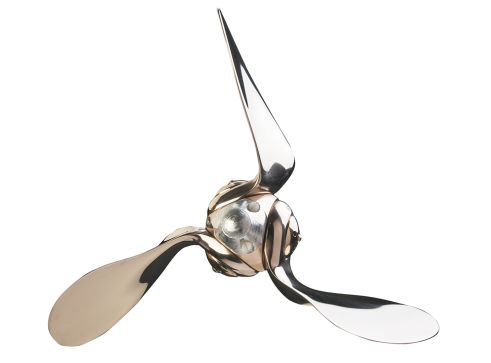
Reversing
Reversing props fold down and then reverse the blade so that the leading edge is always used in forward or reverse.
